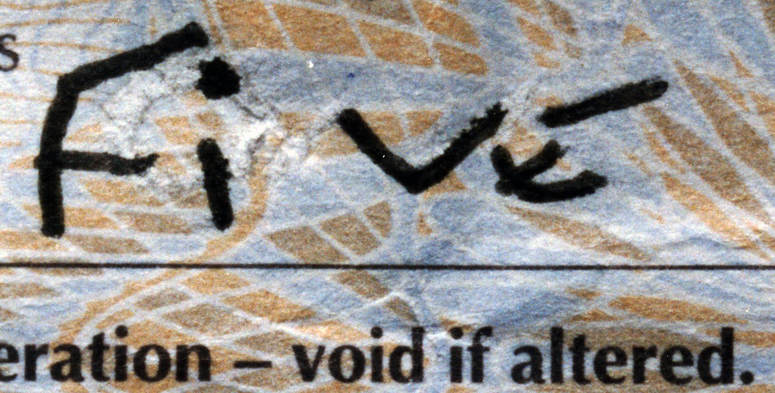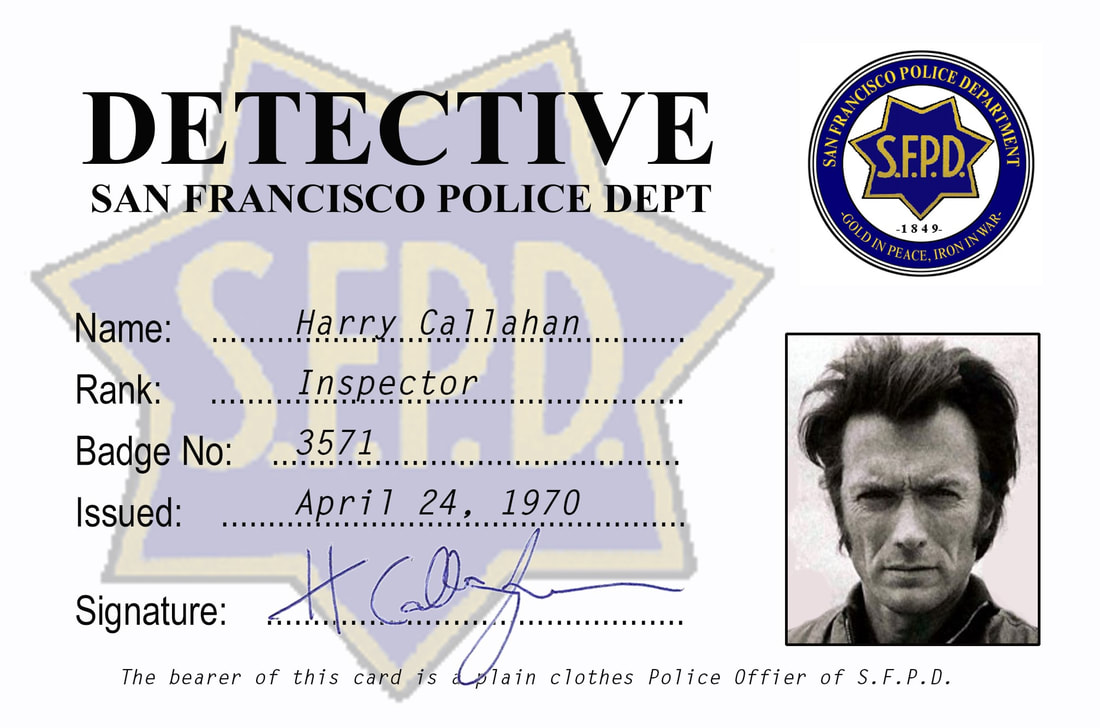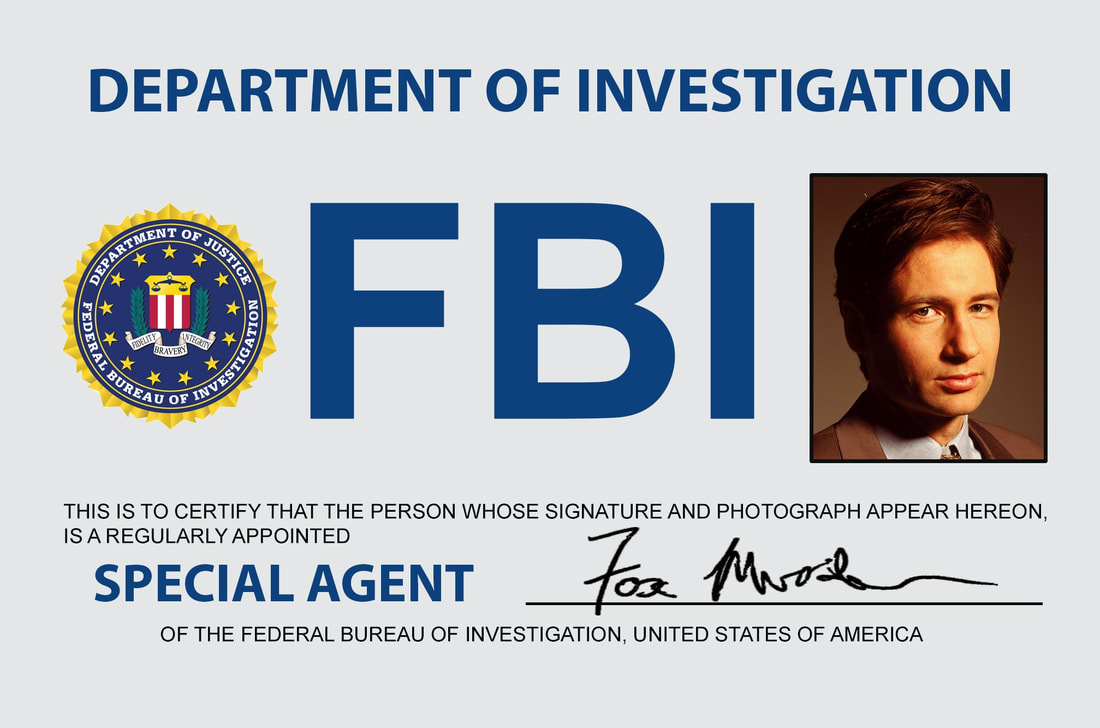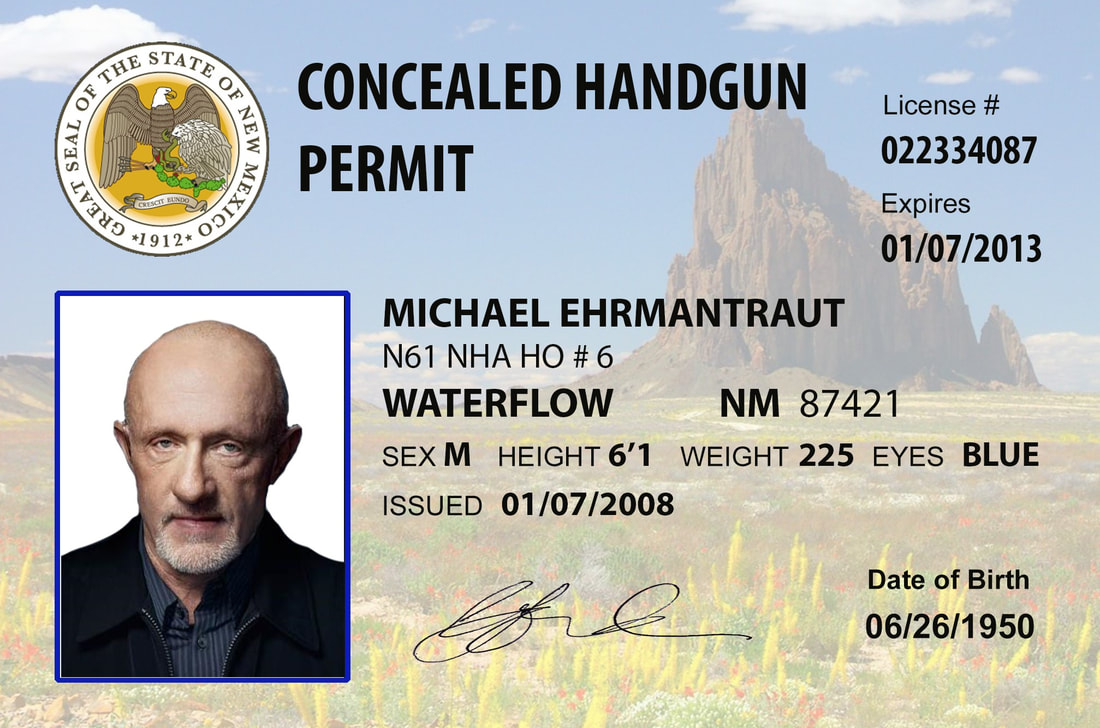What exactly is Forensic Document Examination?
Traditional Forensic Document Examination, and that undertaken by most FDEs, predominantly involves the examination of handwriting and signatures to ascertain authorship. By comparing a number of known examples (the specimen) with the writing or signature that is in doubt (the questioned), a determination can often be made as to authorship. The amount of specimen required can vary and is often dependent on the degree of complexity of the writing/signature. What never varies is the need for comparable material. That is, if the questioned material is in uppercase print, you need specimen in uppercase print.
So, you get a result every time?
Unfortunately not. There are certain variables outside of our control. For example, FDEs need to consider quality and quantity. If the questioned writing or signature is too simple in design, or too limited in quantity, or if the specimen material is too limited - then the most likely outcome will be a finding of inconclusive. Sometimes these limitations will be obvious from the outset - sometimes limitations won't become known until the examination has commenced.
Well, in cases like that, surely you could make a comment about whether it was written by a man or a woman, their age, or a personality trait like they show on those crime shows on TV?
What you are referring to is known as 'graphology' and this is not undertaken by FDAT. Personality profiling by signature or handwriting assessment is not a forensic scientific process. An appropriate comparison would be astronomy and astrology - two very different areas with a common starting point. Whilst graphology is not scientifically proven, it can make for entertaining television...
What else does Forensic Document Examination involve?
Forensic Document Examiners can be involved in anything to do with documents - most often related to paper, synthetic substrates and/or ink. Casework can include threatening letters, anonymous letters, bank hold-up notes, drug folds, counterfeit currency, counterfeit or fraudulently altered identity documents (for example passports, identity cards, driving licences, birth certificates, marriage certificates, educational certificates, banking documents) - the list is endless. To demonstrate the variety of ‘documents’ sometimes examined, during his career Justin has also examined wooden doors, a saxophone case, a handmade clay brick suicide note, a section of fuselage skin from a B-17 'Flying Fortress' and blast damaged body parts bearing tattoos.




